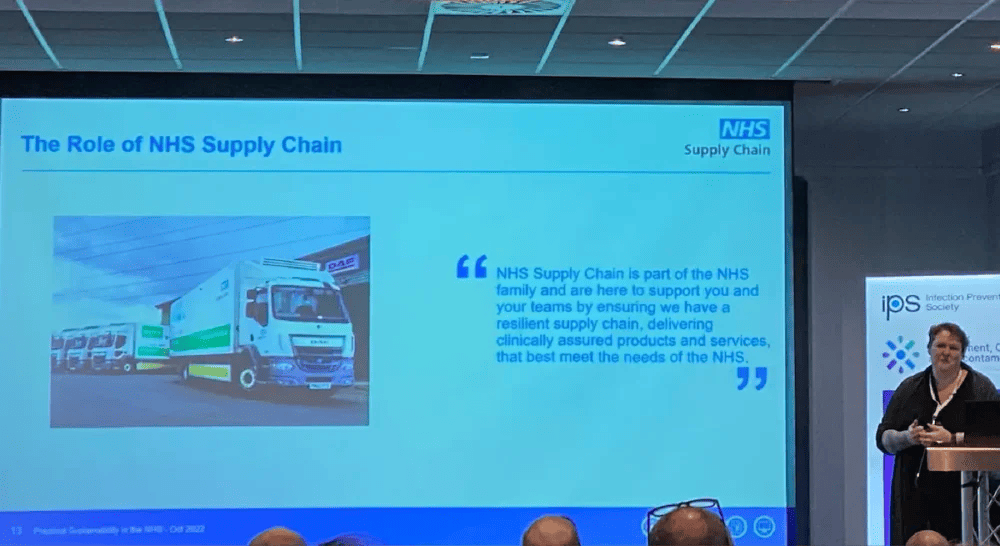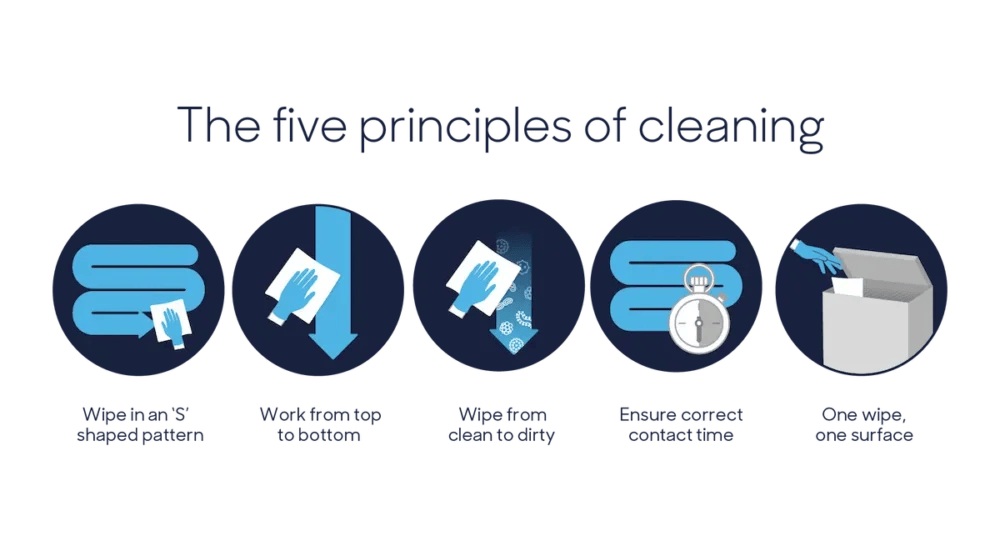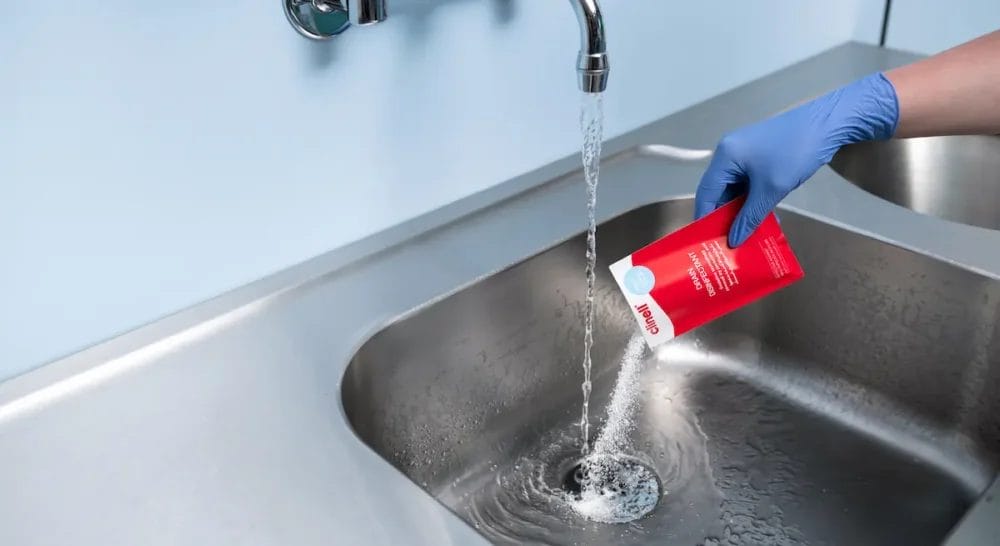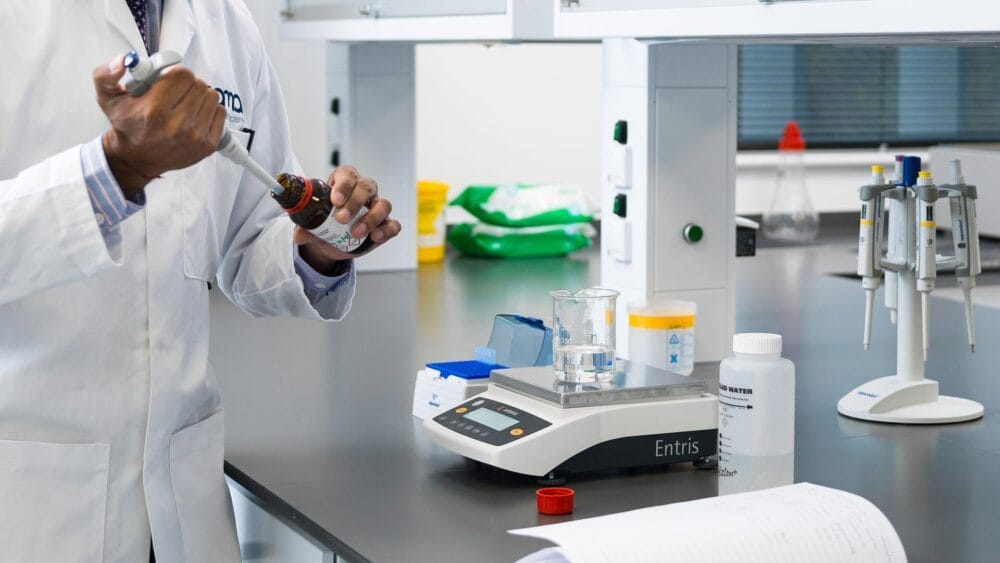Posted
29th November 2022
Events and Exhibitions
Our Clinical Educator, Amy Cartwright, shares her highlights from the recent IPS Environment, Cleaning and Decontamination Conference.
The second IPS Environment, Cleaning and Decontamination Conference took place in Northampton on the 22nd of November.
NHS procurement going Net Zero
IPS President, Lisa Butcher opened by reflecting on success and learnings from the first event. Heidi Barnard, Head of Sustainability for NHS Supply Chain, discussed building Net Zero into NHS procurement, and how this is now included in the tendering process. From April 2023, manufacturers will have to submit a carbon reduction plan as part of their tender submission. NHS Supply Chain have 4 strategic pillars to deliver sustainability:
1. Reducing single-use plastics
2. Supporting the circular economy
3. Reducing our greenhouse gas emissions and climate change
4. Improving human rights and labour standards and social value

NHS hospital designs should consider 4 Ps of Infection Prevention
Dr Jenkins, Consultant Microbiologist and IPC doctor at Leicester Hospitals, focused on designing hospitals for the future. Reflecting on the inception of the NHS in 1948, the inheritance of 2,800 hospitals to where we need to be now designing hospitals that need to consider 4 Ps of Infection Prevention: Pathogen, Patient, Practice and Place. Dr Jenkins then went on to discuss side rooms in NHS hospitals and various studies that show a clear demonstration that shared rooms increase the risk of cross contamination.
A study in Leeds over a 12-month period showed there were 845 patients needing isolation, however only 185 of those were able to be isolated leading to increased levels of MRSA and ‘isolation failures’. Dr Jenkins summarised how we should plan for the future and build hospitals today that will still be working in 50 or more years.
Related article: How Rediroom can improve patient flow and reduce the risk of HCAIs
Tracey Gauci, Consultant Practitioner in Infection Prevention at Hywel Dda University Health Board, focused on how to choose and use disinfectants and covered many different considerations. She started with the differences between cleaning and disinfection. Cleaning is physical removal of dirt and organic matter where as disinfection reduces or eliminates microorganisms. Cleaning should always proceed disinfection unless using a 2 in 1 product.
She also shared some practical tips:
– Choose the right disinfectant for the job
You need to know what the active ingredient is in your disinfectant. 2 in 1 products make it easier and simpler for staff. Use the lowest level of disinfectant possible and then ramp up (increase the concentration or just a higher level disinfectant) depending on the microorganism you need to kill.
– Know the contact time
A disinfectant only works when it is wet, it needs to sit on a surface, without being wiped away or disturbed, to effectively kill.
– Think safety
Instructions for use are there for a reason and all users should be aware of them for their safety. Involve end users in product selection – their input is vital in a successful procurement and roll out of these types of products. To finish, Tracey shared a cleaning hack, which were our 5 principles of cleaning:

5 Principles of Cleaning
1. Wipe in an ‘S’ shaped pattern.
2. Work from top to bottom.
3. Wipe from clean to dirty.
4. Ensure correct contact time.
5. One wipe, one surface.
Watch: How to disinfect almost anything (without spreading germs)
Patient infections from contaminated sinks & drains
Nicole Stoesser, Consultant in Infection/Researcher, Oxford University Hospital NHS Foundation Trust, presented on the transmission of Gram-negative pathogens from sinks in healthcare settings. Nicole discussed why we need sinks, the legislation around sinks in healthcare and how many sinks should be in a clinical area. Numerous studies have been carried out which show patient infections have come from contaminated sinks and their drains. The mitigations to this are mechanical, such as plumbing replacement, heating devices and complete removal of sinks. There are chemical mitigations, such as bleach or peracetic acid.
Explore: Peracetic Acid Drain Disinfectant

“68% of hospital ventilation may not meet guidance”
Cath Noakes, Professor of Environmental Engineering for Buildings, University of Leeds, talked about air cleaners and their role in improving ventilation. UK ventilation standards were updated in 2021 and have included stronger requirements on inspection and audit. The standards have led to introducing a new national ventilation safety group to address the challenges with historical practice and compliance. Professor Noakes went on to discuss why we need air cleaners. She emphasised there needs to be a wider recognition that air matters especially when it is estimated that 68% of hospital ventilation may not meet current guidance.
Related article: Why ventilation is important & the role of air filtration units

IPC & its role in productivity
Dr Mark Garvey, Consultant Clinical Scientist & Deputy DIPC University Hospitals Birmingham (UHB) closed the day discussing IPC and its role in productivity; focusing on three areas:
1. The front door
UHB introduced Point of Care (POC) testing for COVID-19 on admission. They put POC testing labs into 3 Emergency Departments across the Trust which led to early diagnosis and lower numbers of hospital acquired COVID-19. They are seeing reduced times to diagnosis, isolation, effective treatment, and a reduction in inappropriate antibiotic use.
Dr Garvey also discussed another project on cleaning. The previous system involved 2 different wipes and staff would invariably get it wrong as to what they should be using for what, they decided to implement a 2 in 1 product to make it easier for staff and to save time.
Related article: Wiping out MRSA using Clinell “green” wipes
2. In patient interventions
Projects such as reductions in UTI through implementing a ‘Think Before you Dip’ campaign and using low levels of chlorhexidine for meatal cleansing prior to urinary catheterisation which saw significant reductions in infections.
3. The back door
One of the projects focused on cleaning on discharge with high level disinfection such as UV or HPV where a manual clean was still required, but this found less recontamination from the previous room occupant.
Dr Garvey reiterated how these were all projects initiated by the wider Infection Prevention and Control teams in hospitals and that they all had an impact on productivity in hospitals.

Looking forward to the next event!
Overall, as an IPS member I found the day very informative, there were plenty of ideas that people could take back to their own organisations to help improve patient care and I am really looking forward to attending the next event.
If you’d like to find out about other events the GAMA Healthcare team has attended, visit our Events and Exhibitions section on our blog.
SHARE THIS ARTICLE
Tags
Latest News
Introducing HEXI HUB: A seamless transition in our product line
We’re pleased to announce an update to our product offering…
Innovative solutions for tackling Carbapenemase-producing Enterobacteriaceae (CPE) at King’s College Hospitals
King’s College Hospital NHS Foundation Trust, one of London’s largest…
Gloves Off: reducing unnecessary plastic waste during environmental cleaning and disinfection
In this blog, Dr Phil Norville discusses the momentum-gaining ‘Gloves…
Gloves Off: Navigating SDS sheets and skin safety claims in environmental decontamination products
In this blog, James Clarke (Head of R&D, Science &…





